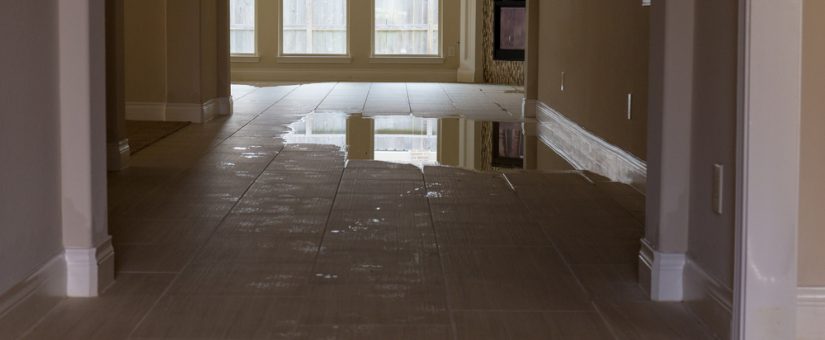Spot A Half-Dozen of Principal Leak Factors Inside The Home
Spot A Half-Dozen of Principal Leak Factors Inside The Home
Blog Article
Have you been hunting for tips around Common Water Leaks In House?

Leakages not just create waste of water yet can also cause unnecessary damages to your house and promote undesirable organic development. By understanding and looking for everyday circumstances that trigger leaks, you can protect your home from future leakages as well as unneeded damage.
Instantaneous temperature adjustments.
Severe temperature level adjustments in our pipelines can cause them to expand as well as contract all of a sudden. This expansion and also tightening may create splits in the pipelines, specifically if the temperature level are listed below cold.
Corroded water systems
This could be the cause of discoloration or bending on your water pipelines. If our plumbing system is old, consider changing the pipes since they are at a higher danger of corrosion than the newer models.
Defective Pipeline Joints
The factor at which your pipes attach is regularly the weakest link in the waterline. Pipe joints can degrade in time, causing water leaks. Unfortunately, most of pipe joints are not easily visible. If you have loud pipelines that make ticking or banging noises, specifically when the hot water is activated, your pipeline joints are most likely under a great deal of pressure. It is suggested to have your plumber inspect your system once a year.
Trespassing origins
Many water leakages start outside the house instead of inside it. If you see a sudden decline in water pressure, state in your faucet, require time to go out as well as examine your backyard. You could observe wet spots or sinkholes in your yard, which might mean that tree origins are getting into water lines triggering water to seep out. You can have your plumber check for invasion, especially if you have trees or bushes near your residential property.
Poor Water Connectors
At times, a leak can be caused by loosened tubes as well as pipes that supply your appliances. Typically, changing is what causes the loose water Connections. You may discover when it comes to a cleaning device, a tube might spring a leakage because of shaking during the spin cycle. In case of a water connections leak, you may see water running straight from the supply line or puddles around your devices.
Clogged Drains
Clogged drains could be irritating as well as inconveniencing, however they can in some cases wind up causing an overflow leading to burst pipes. Keep removing any products that might drop your drains that could block them to prevent such aggravations.
All the above are root causes of leaks however not all water leaks arise from plumbing leakages; some leakages could come from roofing system leakages. All leaks should be repaired quickly to prevent water damages.
Leaks not just create waste of water but can additionally create unnecessary damages to your residence and advertise unwanted natural growth. By recognizing and also looking for day-to-day scenarios that trigger leakages, you can secure your house from future leakages and unnecessary damage. Today, we will look at six leakage creates that may be creating your pipes to trickle.
At times, a leak can be created by loose pipes as well as pipelines that supply your appliances. In instance of a water links leak, you might notice water running directly from the supply line or puddles around your appliances.
How To Check For Water Leak In Your Home
How To Check for Leaks
The average household's leaks can account for nearly 10,000 gallons of water wasted every year and ten percent of homes have leaks that waste 90 gallons or more per day. Common types of leaks found in the home are worn toilet flappers, dripping faucets, and other leaking valves. These types of leaks are often easy to fix, requiring only a few tools and hardware that can pay for themselves in water savings. Fixing easily corrected household water leaks can save homeowners about 10 percent on their water bills.
To check for leaks in your home, you first need to determine whether you're wasting water and then identify the source of the leak. Here are some tips for finding leaks:
Take a look at your water usage during a colder month, such as January or February. If a family of four exceeds 12,000 gallons per month, there are serious leaks.
Check your water meter before and after a two-hour period when no water is being used. If the meter changes at all, you probably have a leak.
Identify toilet leaks by placing a drop of food coloring in the toilet tank. If any color shows up in the bowl after 10 minutes, you have a leak. (Be sure to flush immediately after the experiment to avoid staining the tank.)
Examine faucet gaskets and pipe fittings for any water on the outside of the pipe to check for surface leaks.
Undetected water leaks can happen without the home or business owner even realizing. If you suspect a water leak, but not able to find the source. It is time to contact a professional water leak detection service, The Leak Doctor.
How To Find a Water Leak In Your Home
https://www.leakdoctor.com/blog/How-To-Check-For-Water-Leak-In-Your-Home_AE197.html

We are very fascinated with Common Water Leaks In House and I am hoping you liked my blog posting. Do you know somebody else who is enthusiastic about the topic? Take a moment to share it. Thanks so much for your time spent reading it.
Plumbing emergency? We're ready. Report this page